Jason Phillips is a furniture designer based in North Carolina and has worked in his family’s business, Phillips Collection, for the last two decades. Phillips Collection designs organic contemporary furnishings and sculptures and partners with artisan factories worldwide. Aside from Jason’s full-time position running the sales and marketing teams, he runs his eponymous design firm, Jason Phillips Design, a conduit for his out-of-the-box furniture concepts. He has a degree in Industrial Design from The University of Michigan. He met his wife at school and has two boys, ages 8 and 2, and a mini-Dachshund named Penny.

Website | LinkedIn | Instagram | Behance
Modeling software used: Rhino
How did you get started creating 3D visuals and how did you learn KeyShot?
Let’s rewind to 2005, when I graduated with a degree in Industrial Design. We were trained in Rhino, and I would render in Flamingo. My portfolio was nothing special, and I purchased Rhino training manuals to teach myself the full suite of tools and connect with talented interior architecture students to help me build rendering studios. Everything back then was lighting rigs and slow renderings that took all night! We didn’t have YouTube, which would have shortened my continuing education by a factor of 10. Fast forward to 2015. I stumbled across killer renderings from a 3D artist using KeyShot and downloaded the demo. I was instantly churning out photorealistic renderings in a fraction of the time. Also, the material library blew my mind. I’ve been a fanboy ever since and know I’m just scratching the surface of what’s possible in KeyShot.
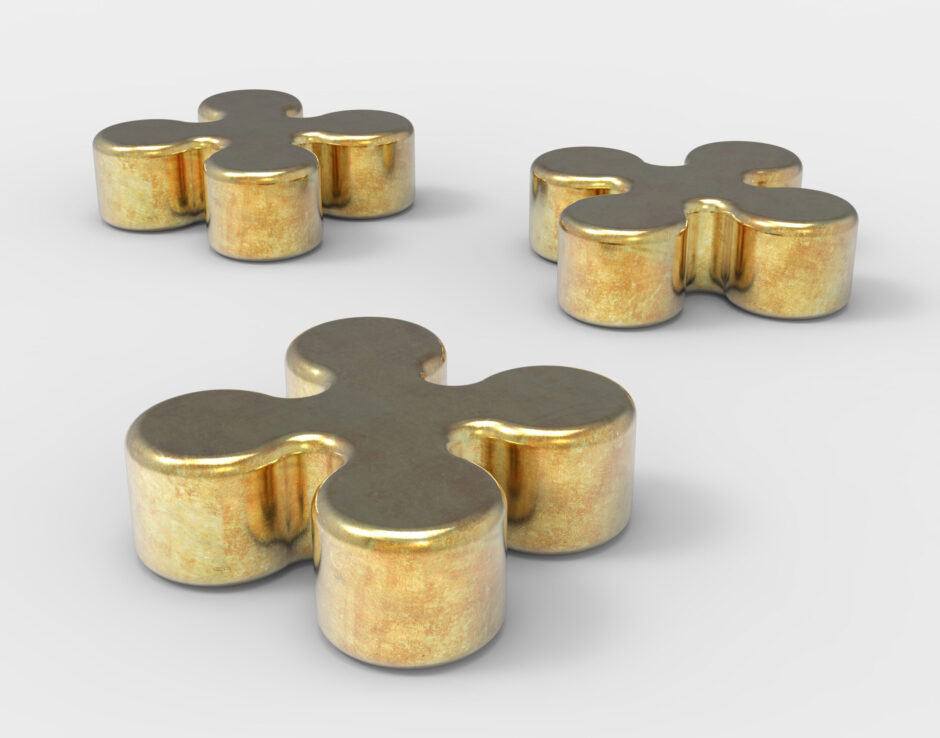
What are some of your favorite projects?
My favorite projects fall into two categories: refined and exploratory. For Phillips Collection, I marry the live edge, reclaimed woods we work with to clean, minimal silhouettes and frames. Projects like Zorro, End Cuts, Prism and Mamut come to mind. The renderings are clean and contemporary. These are my more commercially viable designs and sometimes make it into the collection. My exploratory projects are the true expression of my designer’s mind. Projects like Quantum, Branch’d and Precipitation were born in Rhino—putzing around with algorithms and pushing the limits of what is practical. But isn’t that what we have earned the right to do as artists? These explorations feel like me and were created without the intention ever to be produced. The artists I gravitate toward on social media fall into this exploratory category. Still, I greatly respect those who realize their work, even when it’s on the safer side of design and technology.
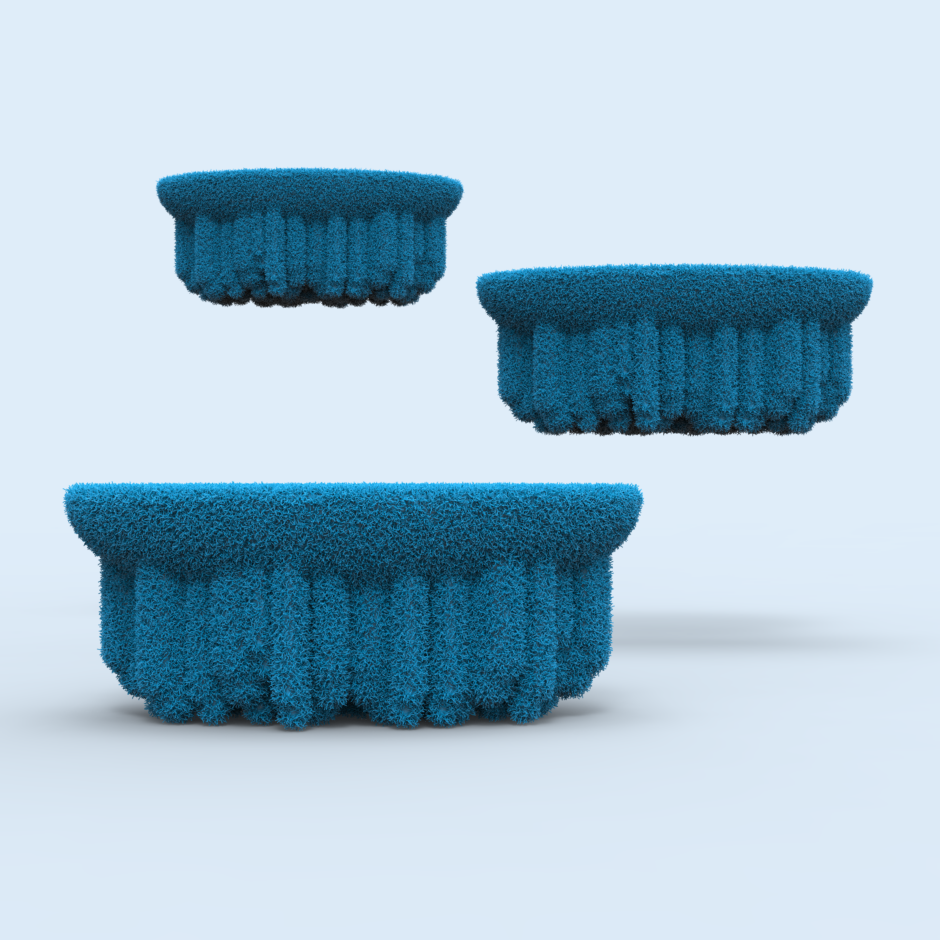
How would you describe your design philosophy?
Novel design. I want to create new works that have never been seen before. They must be beautiful and functional and make someone double-take when taking in the work. I want my designs to surprise and delight people. Regardless of how far out my concept is, if the forms are balanced, show attention to detail, and are rendered beautifully, people will take it seriously. When I think about the design craft, the ultimate consideration must be practical, real-world use. I want to see things that make my jaw drop when I think of art. It can be a carved marble sculpture, colossal oil painting, or perhaps a work so simple at first glance that has layers once you understand the process the artist took to arrive at that point. My work does not reflect the full breadth of art I appreciate. In the furniture industry, I look at interiors all the time. I create components that go into those spaces, but I am always in awe of the world’s talented architects and interior designers who create places I want to visit and take in.
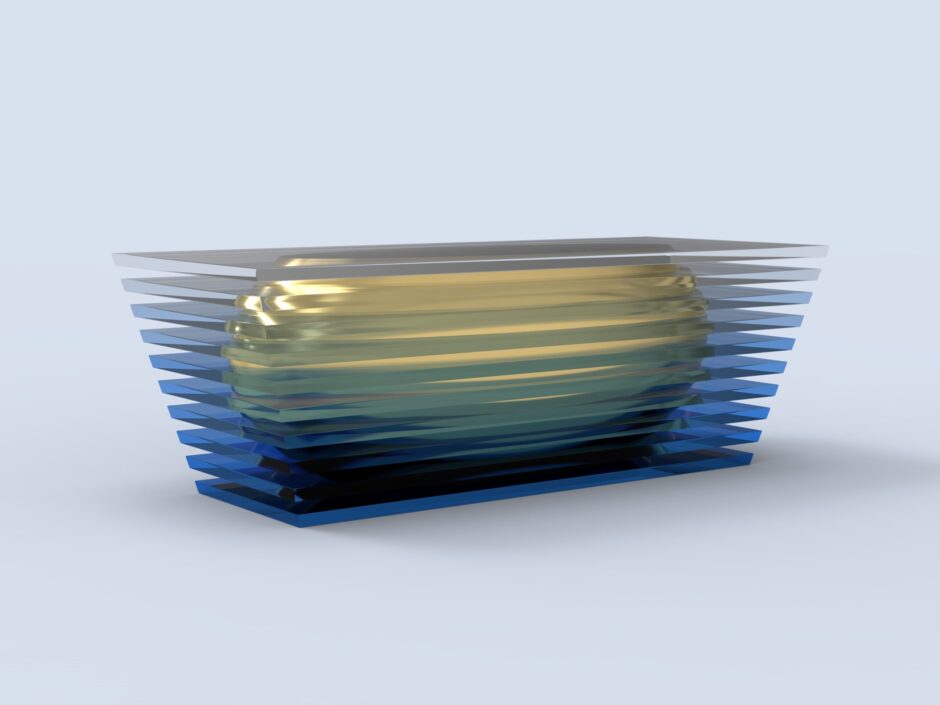
Where in your process do you use KeyShot?
KeyShot plays a role in the middle and end of my design process. I always start with a sketch or directly in Rhino, refining a model and getting it to a working stage where I can import it into KeyShot. After a bit of back and forth from Rhino to KeyShot, I end up with a finished model that gets material refinement. The next step is setting up the studio and playing around with the lighting, camera and HDRI settings. Once I have everything the way I like it, I set up a rendering queue and let it do its magic overnight. I am amazed at how quickly I can realize my concepts with photorealistic results.
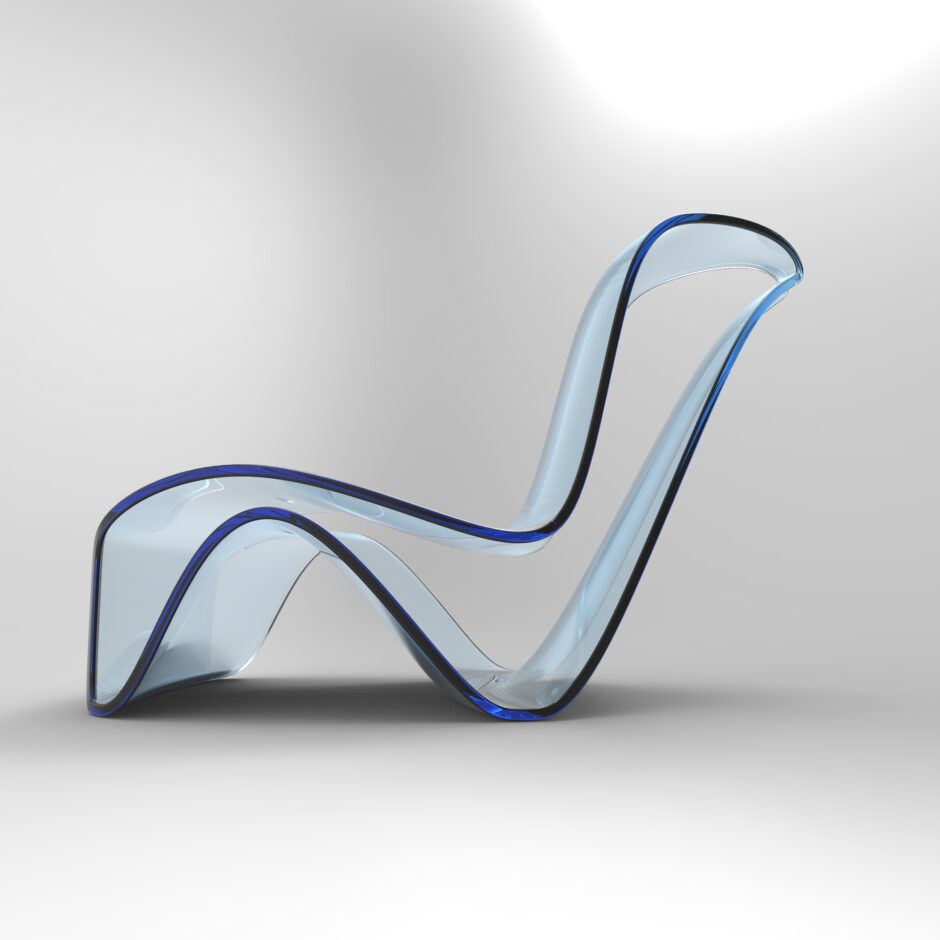
What are some of your favorite KeyShot tools?
I love the material library. Exploring all the different materials and having fun applying textures can spark my next design. Fuzz anyone? I also love playing with the camera settings, specifically lens lengths and depth of field, when feeling gutsy. I am colorblind, not terribly, but enough that color is my nemesis, but from a young age, I learned to work around that. I honed my other senses since color was never my strength, and I have found a genuine love for form and composition and tried to push that in my workflow.
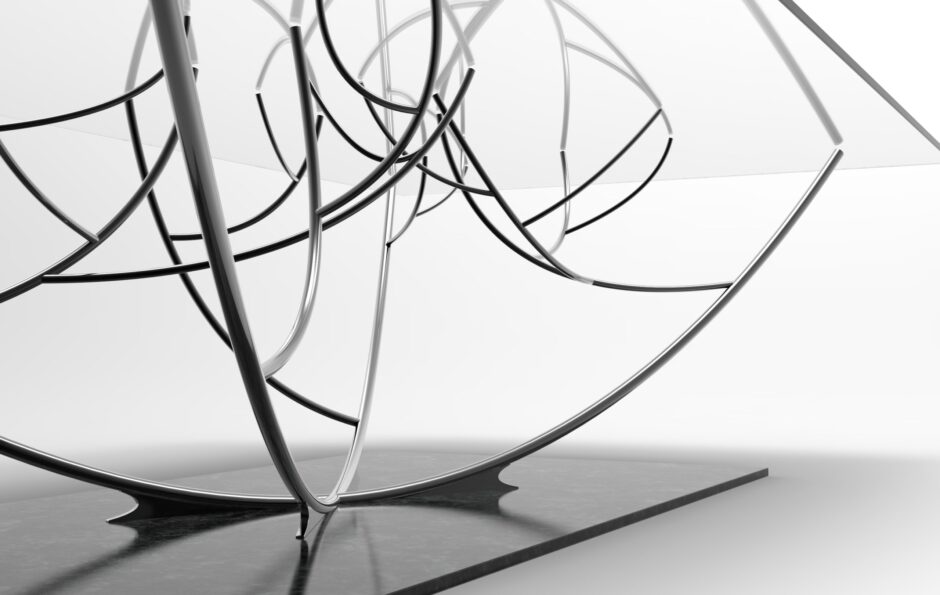
Where do you find your inspiration?
I love to celebrate materials and see how they blend. At Phillips Collection, our skill is marrying rough wood and stone with refined metal and glass. So, I look to nature for inspiration. A carved teak wood root or the veining of onyx, and then I try to find clean forms to balance it out. Brushed brass frames or tinted glass tops. Seeing an excellent detail around me can often spark an idea. The corner of a modern building or the way a river snakes around a boulder and the ripples it creates. Beauty is all around us, and it’s all quite mathematical, even when it looks chaotic. I find endless inspiration and have trained my mind to extrapolate designs. Two decades in, I think my superpower is bringing ideas to life three-dimensionally with speed and producibility in mind.
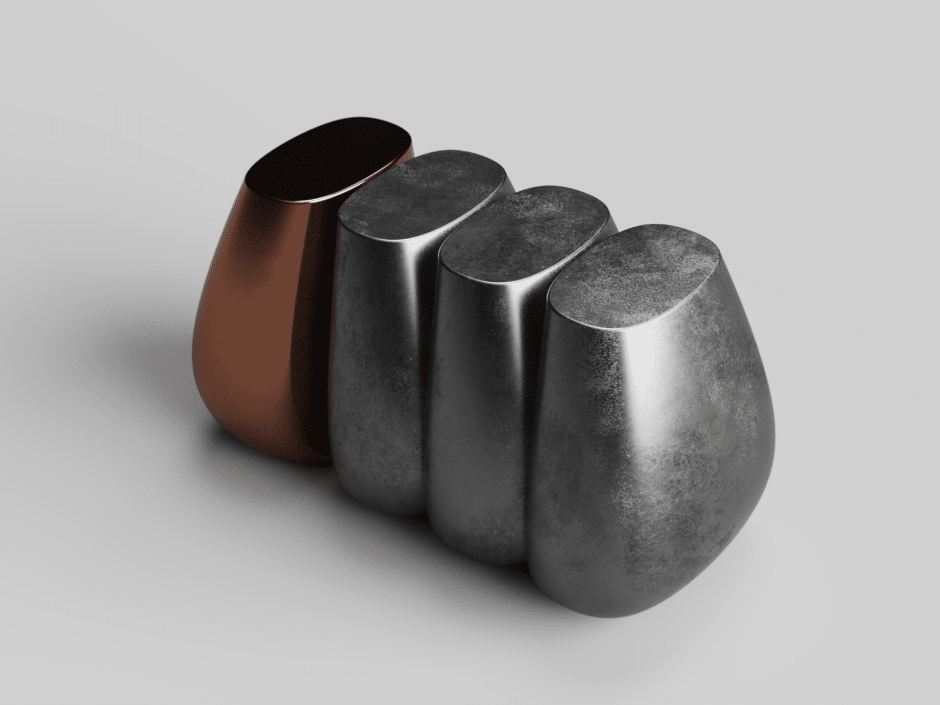
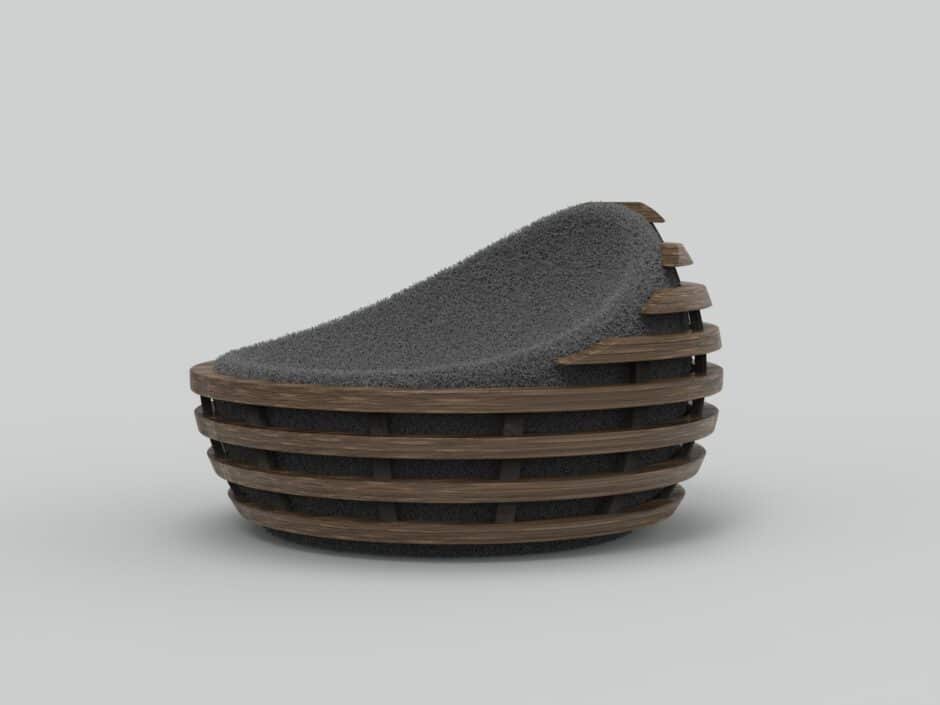
What advice would you give to photographers who are considering going into 3D visualization?
YouTube is an incredible resource for anyone looking to get into 3D visualization. It’s the one thing I wish I had access to as I embarked on my design career. There are incredible talents who openly share their process, struggles, what they wished they knew and what has worked well for them. A few hours on YouTube will help answer questions and hopefully excite you about the next steps. I have worked with incredible designers who can create stunning 3D renderings without any 3D modeling background. So, you don’t have to be an expert in CAD to get started with KeyShot. You can download pre-existing models and get started today, literally. I think it’s helpful for any designer to have a basic understanding of the tools that surround their workflow—even if they don’t use them directly.

See more at jasonphillipsdesign.com





